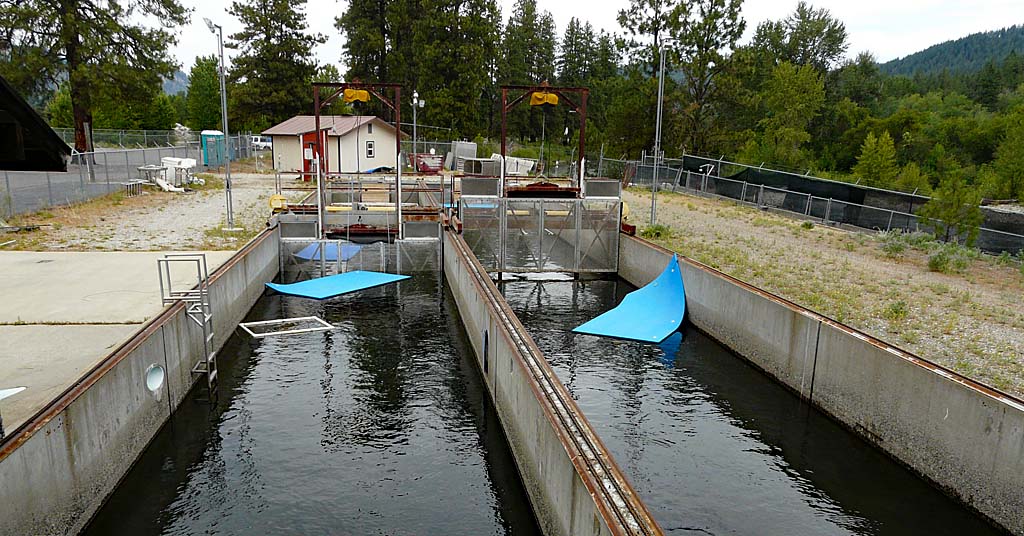Potato prices soar amid tight supplies
Published 5:00 pm Monday, June 5, 2023

- United States potato supplies are tight in fall of 2022 as demand remains strong.
Potato prices are up by more than 60% from a year ago because of tight supplies.
“We don’t know where it’s going to go from here,” said Mick Davie, officer in charge of the USDA Agricultural Marketing Service office in Idaho Falls. “We know everybody’s short.”
Trending
Suppliers have been running more slowly recently because they want to “make sure they make it through for their contracts,” he said. That has helped to hold up prices.
A baled, 10-pound poly film bag of grade-one Russet Burbank potatoes from the Upper Snake River Valley in Idaho sold for $13.50 to $14.50, mostly $13.50, according to USDA’s June 2 National Potato and Onion Report.
That is 65.7% to 68.7% higher than a year earlier, when the price was $8 to $8.75, mostly $8 to $8.50.
A 50-pound, 70-count carton sold for $31 to $33, mostly $31 to $32. That is 68.4% to 72.2% higher than a year earlier, when the price was $18 to $19.
USDA prices reflect open-market sales by first handlers.
Idaho shipments, of 1,000 hundredweight each, total 23,727 for the season to date, down 6.2% from 25,296 a year earlier, according to the report. Shipments from the Columbia Basin of Washington also are down.
Trending
Shipments from 16 U.S. sites, plus imports from Canada, total 73,651, up from 73,030. Canadian imports were up by more than 25%.
Most of the price increase involves fresh potatoes and potatoes not sold on contract, whether for fresh or processing markets, said Dale Lathim, Potato Growers of Washington executive director.
The increases are “welcome and appreciated by the fresh industry here,” though that segment is small in the state, he said. More than 90% of potatoes grown in the Columbia Basin are purchased under a preseason contract with a fried-product processor, chipper or dehydrator.
Contract prices in Washington increased by about 20% each for the 2023 and 2022 growing seasons due to inflation, Lathim said. The increase was less than 5% in 2021, when inflation was starting and the crop was light.
Recent contract price increases sound big, “but because of the lighter crops we’ve had the last two years, growers have not been able to take advantage of those price increases” as input costs have risen by similar rates, Lathim said.
With the 2023 potato harvest on the horizon and current worldwide supply low, “growers all across the globe are looking forward to what they hope will be an average to above-average crop not only to make them economically whole, but to refill the world’s supply pipeline,” he said.
Prices are expected to stay strong for the rest of the marketing season for the crop grown in 2022 and stored, Idaho Potato Commission CEO Jamey Higham said. State acreage counts are expected to conclude by month’s end.
“We’re just doing our best to make this crop last until the new crop comes along,” he said.
About 60% of the Idaho crop is grown for the fresh market, the rest for processing.
Markets have been good across potato categories, said grower and fresh-packer Dan Moss of Declo, Idaho. Sales to quick-serve and casual-dining restaurants have been good, as has export demand.
Prices likely will remain high when harvest starts due to short supply, Moss said. Over the longer term, the current crop’s acreage and yield will be reflected.









